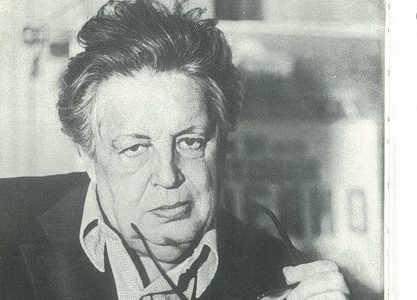
1907 – 1996
In 1925 he graduated from the Kyiv Art and Industrial Vocational School. In 1930 – Kyiv Art Institute, where he studied at Fedir Krychevskyi, Viktor Palmov, Mykhailo Boichuk, Volodymyr Tatlin, Oleksandr Bohomazov.
Nirod still managed to work in a constructivist manner. In the Polish Theater of Kyiv in the 1930s, he staged such performances as A. Skybnevskyi’s “Yeshche panska ne zhinela”, V. Vandurskyi’s “Raban” and others. Sketches of these performances testify to the artist’s ability to master the three-dimensional space of the stage not only with constructions, but also with the help of limited colors, conventionality and conciseness.
In 1934-1945 Nirod was the main artist of the M. Zankovetska Zaporizhzhia (now Lviv) Ukrainian Drama Theater. Then he gave 10 years to the Lviv Opera, and almost 30 years to the Kyiv Opera.
During the “revival” of Ukrainian scenography, in the 1960s and 1980s, Nirod worked as the main artist of the Kyiv Opera and Ballet Theater Then there was a lot of discussion about the role of the scenographer in the opera house. It was acknowledged that the main task of the artist was to reproduce the musical and dramatic basis in the stage space. The space demanded at the same time great generalization and conventionality!
Since 1965 National Artist of the USSR
Serhii Prokofiev’s ballet “Romeo and Juliet” has been on stage in the design of Nirod for almost 50 years in a row! However, the artistic council did not immediately accept the layout of the scenography. Artistic council wanted to see the pompous forms of the Renaissance. Nirod believed that: “The scenery can not be just a background, it must correspond to the spirit of the time, the drama of the script and music, and the color scheme – the sound”! The space was decided as the artist wanted. As for artistic council, this was not the only story of misunderstanding with the artist…
Fedir Nirod’s motto about stage design: “Less rags, more character” – still sounds relevant!